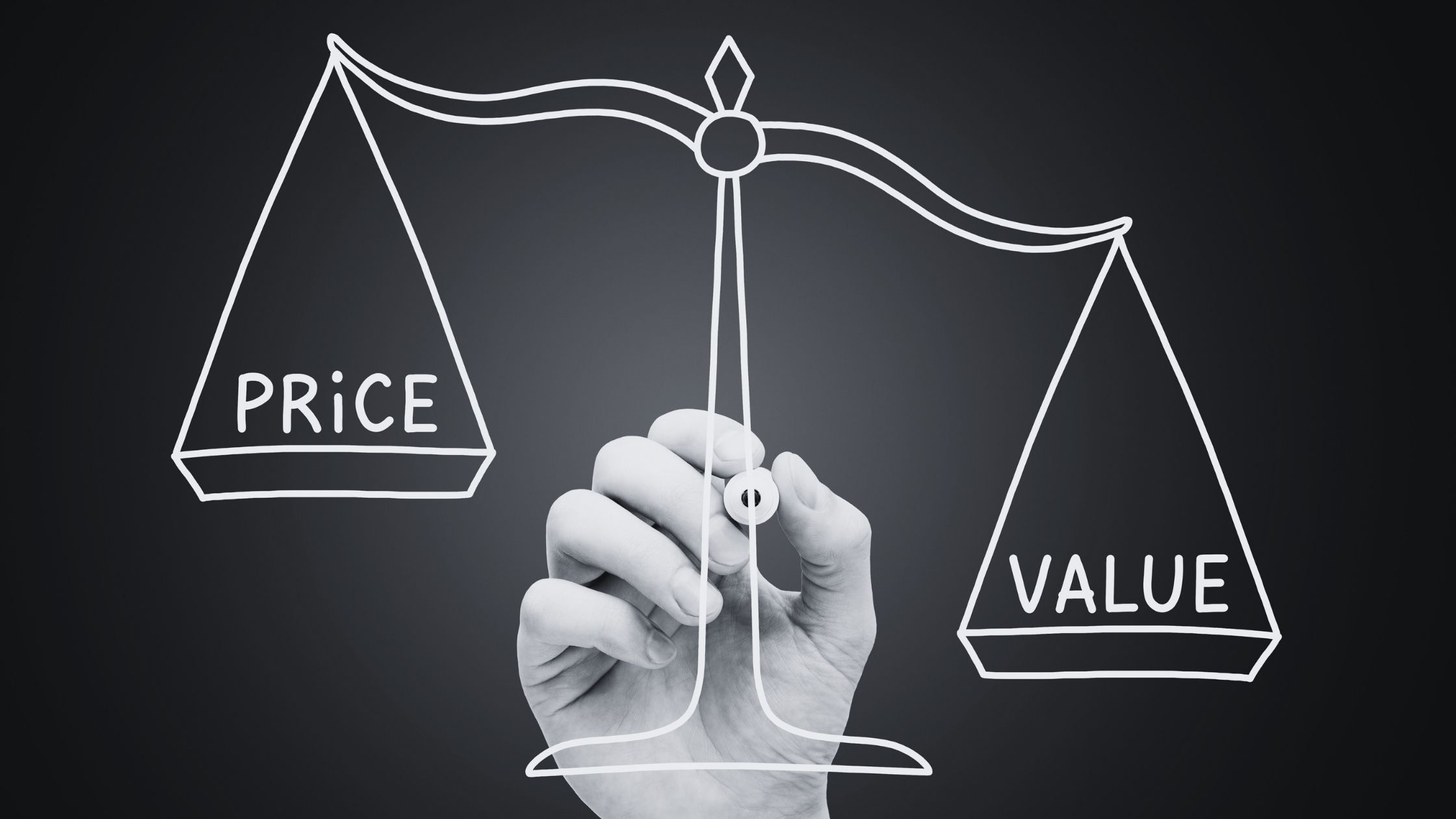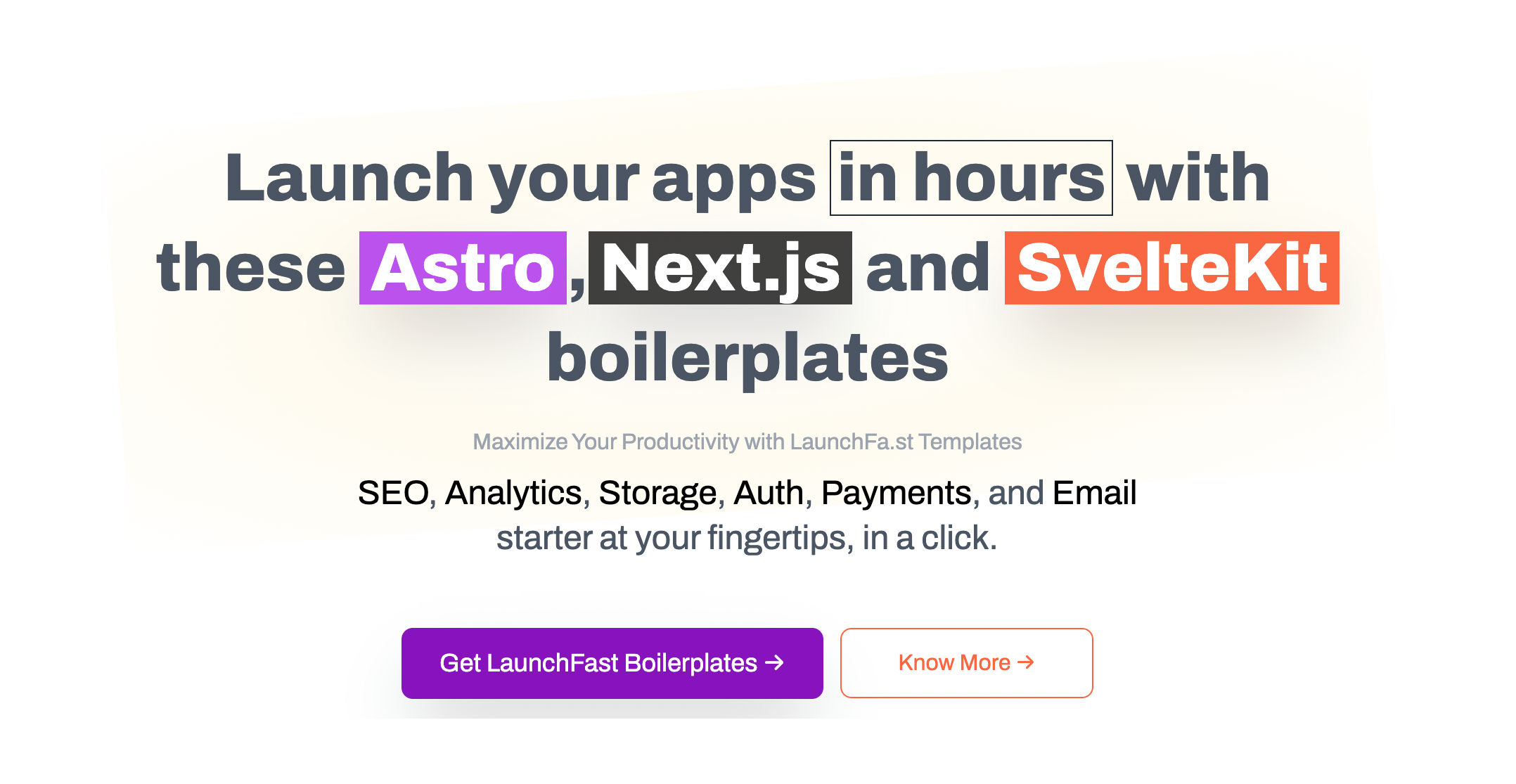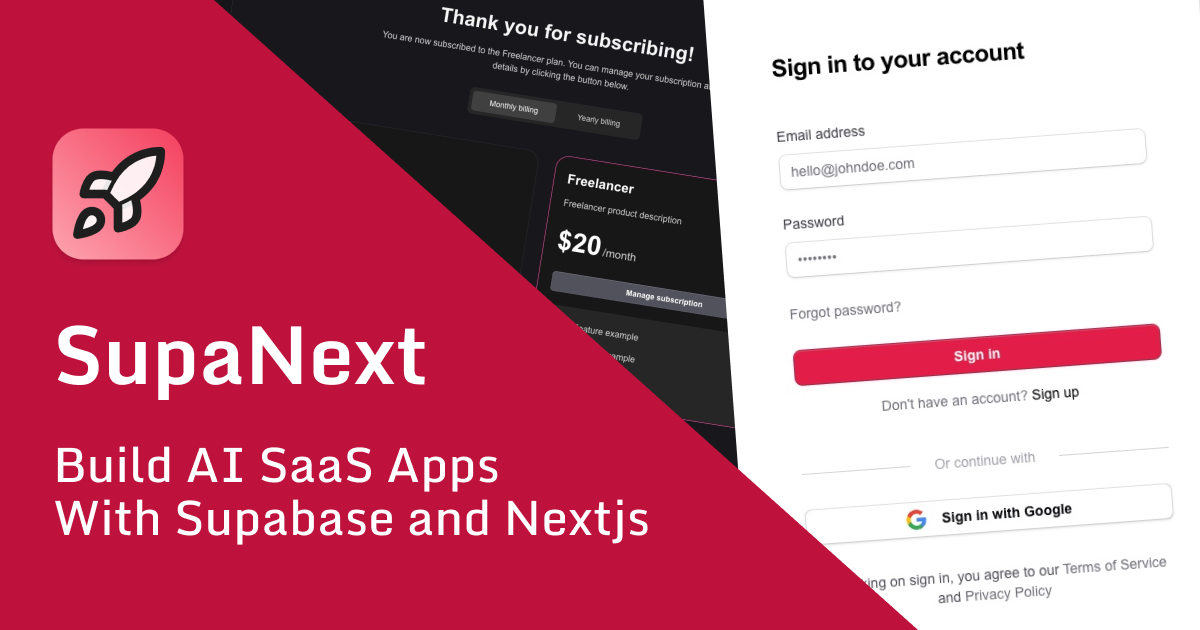Ultimate Guide to SaaS Tiered Pricing Models
Explore the essentials of tiered pricing models in SaaS, focusing on customer needs, pricing structure, and technical setup for optimal revenue.

Tiered pricing is a common strategy in SaaS that helps businesses cater to different customer needs while maximizing revenue. Here’s what you need to know:
- What It Is: Tiered pricing offers multiple service levels, each with unique features and price points. Examples include Basic, Professional, and Enterprise tiers.
- Why It Works: It helps reach diverse customer segments, encourages upgrades, and simplifies purchasing decisions.
- Challenges: Avoid overlapping features, confusing structures, or discouraging upgrades due to large price gaps.
- How to Do It:
- Optimize Over Time: Track metrics like MRR (Monthly Recurring Revenue), ARPU (Average Revenue Per User), and churn to refine your model.
A strong technical setup and continuous testing are key to success. Start small, analyze customer behavior, and adjust as needed for better results.
SaaS Pricing Models Explained: Perfect Tiered Pricing
Creating Your Pricing Tiers
Design pricing tiers that meet customer needs while supporting your business objectives. This section dives into customer segmentation, tier structure, and naming tactics.
Understand Your Customer Groups and Their Needs
Start by analyzing your customer base. Group them by their needs and budgets. Many SaaS companies divide their customers into categories like:
- Small businesses and startups: They prioritize affordability and essential features.
- Mid-market companies: They look for scalability and additional capabilities.
- Enterprise organizations: They demand advanced features and dedicated support.
Knowing who your customers are and what they value helps you build pricing tiers that resonate with them.
Structuring Your Pricing Tiers
When creating tiers, focus on offering value at every level instead of randomly bundling features. Here are some tips:
- Stick to 3–4 tiers to keep choices simple and avoid overwhelming customers.
- Use price anchoring by positioning the mid-tier as the most appealing option.
- Ensure each tier shows a clear increase in value from the one below it.
Here’s an example of how you might structure your tiers:
| Tier Level | Features Offered | Pricing Approach |
|---|---|---|
| Basic | Core functionality | Entry-level pricing |
| Professional | Advanced features, standard support | Moderate price increase |
| Enterprise | Custom solutions, dedicated support | Premium, value-driven pricing |
Naming Tiers and Using Price Psychology
The names of your tiers can influence how customers perceive them. Common options include:
- Basic or Starter for entry-level plans
- Professional or Business for mid-tier plans
- Enterprise or Ultimate for top-tier offerings
To optimize pricing presentation:
- Highlight annual pricing and emphasize cost savings for yearly plans.
- Use feature comparison tables to make differences clear.
- Include customer testimonials or case studies to build trust and demonstrate value.
Setting Up Tiered Pricing
Technical Setup Requirements
Getting tiered pricing right starts with a solid technical setup. Here’s what you need:
Payment Processing Integration
Payment platforms like Stripe, Paddle, or Chargebee simplify subscription billing. They handle:
- Recurring billing schedules
- Adjustments for tier changes
- Failed payment retries
- Tax calculations
Database Architecture
Your database should manage:
- Customer tier data
- Usage tracking and limits
- Billing history
- Feature access permissions
If you’re looking to save time, pre-built solutions can speed things up. SaaS boilerplates often come with key components like these:
| Component | Common Solutions | Key Benefits |
|---|---|---|
| Authentication | Auth0, Clerk, NextAuth | Manages user identities |
| Payment Processing | Stripe, Paddle, Chargebee | Handles subscriptions |
| Database | PostgreSQL, MongoDB, Supabase | Stores and organizes data |
| Email Services | Resend, Postmark, Mailgun | Sends transaction emails |
Once your technical setup is ready, focus on designing a pricing page that clearly communicates the value of each tier.
Pricing Page Design
Not good at design? Use tools like Shipixen’s Pricing page generator. It already features all the components we will discuss below.
Your pricing page needs to make the differences between tiers obvious and appealing. Here’s how:
Feature Comparison
Use a table to highlight:
- Features included across all tiers
- Extra perks in higher tiers
- Usage limits for each tier
Visual Hierarchy
- Make your recommended tier stand out
- Keep spacing and alignment consistent
- Use icons or badges to spotlight popular features
Clear Call-to-Actions
Each tier should have a prominent, action-driven button that links directly to its signup process.
Handling Tier Switches
Switching tiers should be smooth for both your systems and your customers. Here’s what to consider:
Upgrade Process
- Grant immediate access to new features
- Automatically calculate pro-rated charges
- Send confirmation emails with updated details
Downgrade Handling
- Schedule downgrades for the next billing cycle
- Keep features accessible until the current cycle ends
- Clearly explain any feature restrictions
Data Management
- Ensure data is properly migrated between tiers
- Monitor storage limits during transitions
- Offer options to archive or export data if needed
Automating these processes can make tier switches effortless. Include features like:
- Usage tracking
- Automated alerts
- Grace periods for adjustments
- Clear documentation for customers
Improving Your Pricing Model
Pricing Performance Metrics
To fine-tune your tiered pricing strategy, keep an eye on these key metrics:
Revenue Metrics:
- Monthly Recurring Revenue (MRR): Track MRR across each pricing tier to understand tier-specific contributions.
- Average Revenue Per User (ARPU): Measure how much revenue each customer generates on average.
- Customer Lifetime Value (LTV): Calculate LTV by tier to assess long-term profitability.
- Revenue Churn Rate: Monitor the percentage of revenue lost due to cancellations or downgrades.
Customer Behavior Metrics:
- Upgrade/Downgrade Rates: Analyze how often customers move between tiers.
- Feature Usage Patterns: Identify which features are most utilized within each tier.
- Time in Each Tier: Track how long customers stay in a specific tier before upgrading or downgrading.
- Activation of Tier-Specific Features: Measure how often customers engage with features unique to their tier.
These insights help you identify areas to adjust and optimize your pricing structure.
Testing Price Changes
When making pricing adjustments, it’s essential to test systematically. Here are two effective methods:
A/B Testing
Run experiments to compare different pricing setups. For example:
- Test various combinations of features within tiers.
- Experiment with different pricing thresholds or points.
- Assess the impact of limited-time promotions on conversions.
Cohort Analysis
Group customers into segments and evaluate their response to pricing changes. Focus on metrics like:
- Conversion rates
- Retention rates
- Frequency of upgrades or downgrades
- Usage of specific features
These approaches allow you to make data-driven decisions before rolling out changes.
Making Price Updates
When it’s time to update your pricing, follow these steps to ensure a smooth transition:
Communication:
- Notify customers well in advance of any changes.
- Clearly outline upgrade options and explain the added benefits.
- Offer “grandfathering” options to keep existing customers on their current plans if possible.
Implementation:
- Introduce updates gradually for new customers while offering a transition period for current users.
- Actively collect feedback during the rollout to address concerns quickly.
Price Adjustment Guidelines:
- Highlight improvements or new features to justify price changes.
- Ensure your pricing stays competitive within your market.
- Keep a record of pricing decisions for transparency and to guide future updates.
Successful Pricing Examples
Top SaaS companies are always tweaking their pricing strategies to attract new customers and keep existing ones happy. By looking at how they do it, we can spot some valuable lessons:
Key Takeaways
Feature Distribution
- Make sure each pricing tier is distinct, with features added progressively to encourage upgrades.
- Align your offerings with the evolving needs of your customers as they grow.
Psychology
- Provide both monthly and annual billing options, with discounts that make long-term commitments appealing.
- Be upfront about what each plan offers by using clear feature comparisons.
- Set your prices based on what customers see as valuable, not just on simple cost-plus calculations.
Implementation
- Use customer feedback and usage data to fine-tune your pricing.
- Create straightforward upgrade paths that naturally fit your customers’ growth journeys.
- Keep an eye on how the market reacts and adjust as needed.
These insights can help you refine your own tiered pricing approach for better results.
Development Tools
A strong technical foundation is essential for creating successful SaaS tiered pricing models. This section highlights key development tools that support scalable and feature-driven pricing structures.
Best SaaS Boilerplates
Modern SaaS boilerplates come with pre-built features like authentication, subscription management, and payment gateway integrations, all tailored for tiered pricing systems.
In March 2023, solo developer Alex Johnson used Makerkit’s boilerplate to launch a project management tool. The boilerplate included authentication, multi-tenancy, and subscription management, cutting development time by 60%. Within three months, the tool generated $5,000 in recurring revenue.
Key features of these boilerplates include:
- Authentication systems: Simplify user management with pre-built solutions.
- Subscription handling: Manage billing and tiers effortlessly.
- Admin dashboards: Oversee users and subscriptions with ease.
- Payment integrations: Ready-to-use connections for payment providers, enabling seamless tier changes.
”A SaaS boilerplate where you can choose your favorite tech stack combos - Next.js, Remix, Firebase, Supabase - to build unlimited SaaS products in record time. So good it feels like cheating!” - Giancarlo Buomprisco, Maker of Makerkit
In addition to boilerplates, specialized tools can further enhance your pricing strategy.
SaaS Growth Tools
Subscription management platforms like these simplify the complexities of tiered pricing:
- Stripe Billing
- Chargebee
- Paddle
- PayPal Subscriptions
These tools assist with:
- Automated billing cycles
- Usage-based pricing
- Tier upgrades and downgrades
- Revenue analytics
A notable example comes from Innovate Software. CTO Sarah Lee’s team used SaasRock’s Remix boilerplate to develop a B2B application. The project, completed in just two months instead of the projected six, gained over 100 paying customers in its first quarter, thanks to its feature-based tiered pricing model.
”You want to get your project off the ground, but you’re stuck on all the boring parts. Pegasus handles the foundation of your application for you. Get a head start and launch faster than you dreamed possible.” - Cory Zue, Creator of SaaS Pegasus
When choosing tools, look for features like:
- Flexible tier configuration
- Accurate usage tracking
- Automated billing systems
- Clear upgrade and downgrade options
- Detailed analytics for tracking performance
Conclusion
Summary
Building a SaaS tiered pricing model that works well takes thoughtful planning. It’s all about knowing your customer groups and tailoring pricing tiers to match their needs and what they value. At the same time, you need to find a balance between attracting new customers and ensuring steady revenue growth.
Here are some key elements to focus on:
- Clear differences between pricing tiers so customers understand the value of upgrading.
- Smooth technical setup to handle billing and subscriptions without issues.
- Ongoing tracking and adjustments to make sure your pricing stays relevant.
- Data-backed pricing decisions to refine your strategy over time.
- Easy transitions between tiers to keep the experience user-friendly.
Using reliable tools for subscription management and billing can make the process smoother and help you stay on track.
Action Steps
-
Understand Your Audience
Break your customers into groups based on their needs and how they use your product. Use data to find natural points to separate your pricing tiers.
-
Create Clear Pricing Tiers
Design tiers that show a clear progression in value. Think about:
- Which features belong in each tier.
- Pricing that balances affordability with profit.
- Logical upgrade paths for customers.
- Limits on usage to encourage upgrades when needed.
-
Set Up the Technical Side
Build a strong foundation for your pricing model by:
- Picking the right subscription management tools.
- Setting up systems to track usage.
- Automating billing processes.
- Making tier transitions smooth and hassle-free.
-
Keep Improving
Regularly review and tweak your pricing model by:
- Tracking key metrics like churn and revenue per user.
- Listening to customer feedback on pricing and features.
- Running tests to fine-tune pricing points.
- Analyzing how often customers upgrade or downgrade.
Recommended SaaS Boilerplates
Highly recommended SaaS boilerplates that include tiered pricing models:







